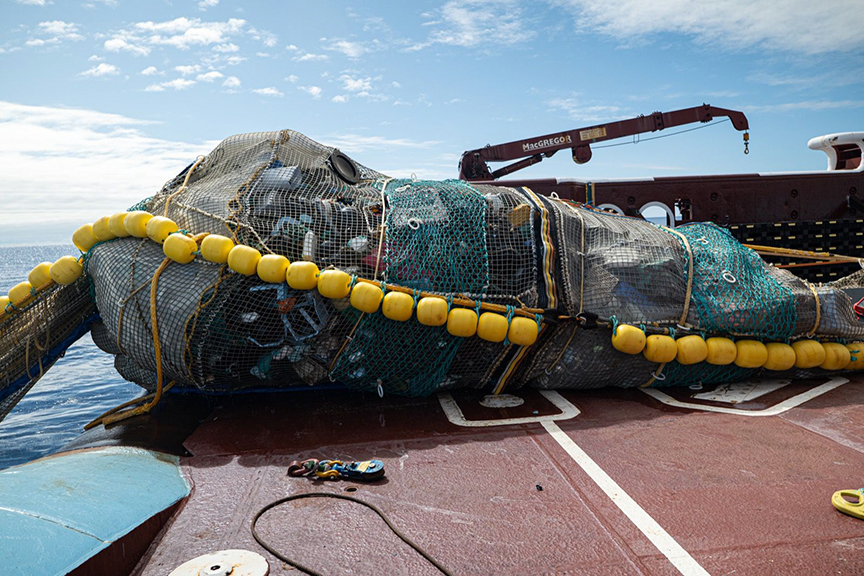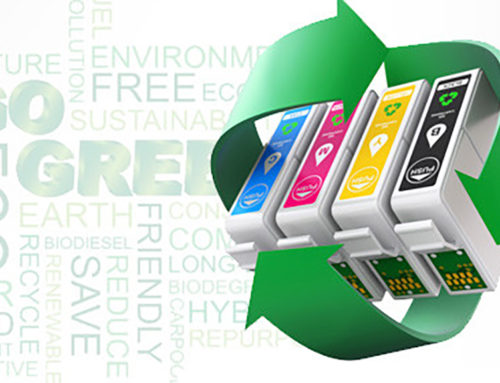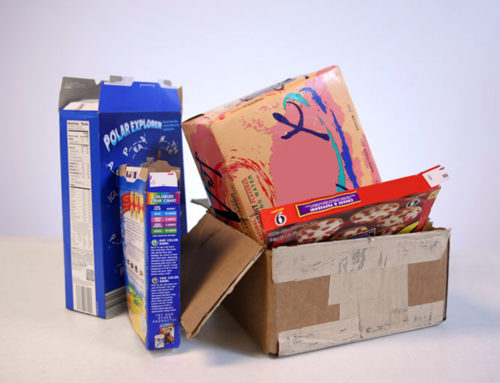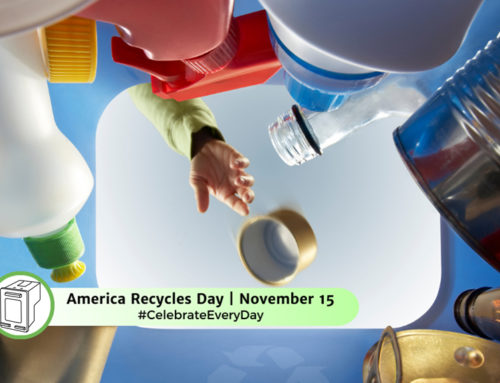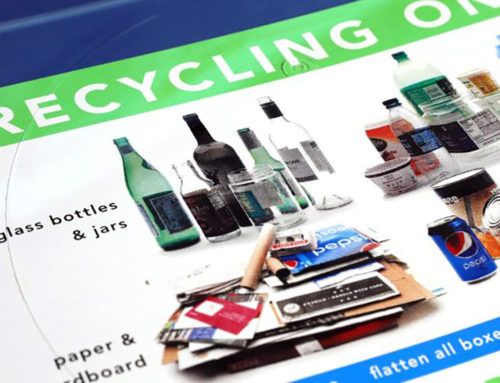In the battle against plastic pollution, the instinct to clean up the mess often leads to mechanical interventions. From giant rakes along coastlines to sophisticated ocean-cleaning technologies, the pollution cleanup efforts are commendable, but a closer look reveals a paradoxical truth: our current approach may be doing more harm than good.
Mechanical tools like rakes, sieves, nets, and conveyors have become the frontline soldiers in the fight against plastic pollution. However, a recent analysis published in the journal One Earth suggests that large-scale mechanical cleanups might be causing more damage than anticipated. Beach ecosystems, touted for their cleanliness, suffer as dune plants are destroyed, accelerating erosion and compromising biodiversity.
The environmental toll extends beyond beaches. River and marine ecosystems face their own set of challenges. Technologies like Seabins, designed to trap plastic in harbors, inadvertently capture marine life and seaweed. For every four pieces of plastic, one marine organism is ensnared, often succumbing within two days. The damage is far-reaching, prompting a reevaluation of our methods.
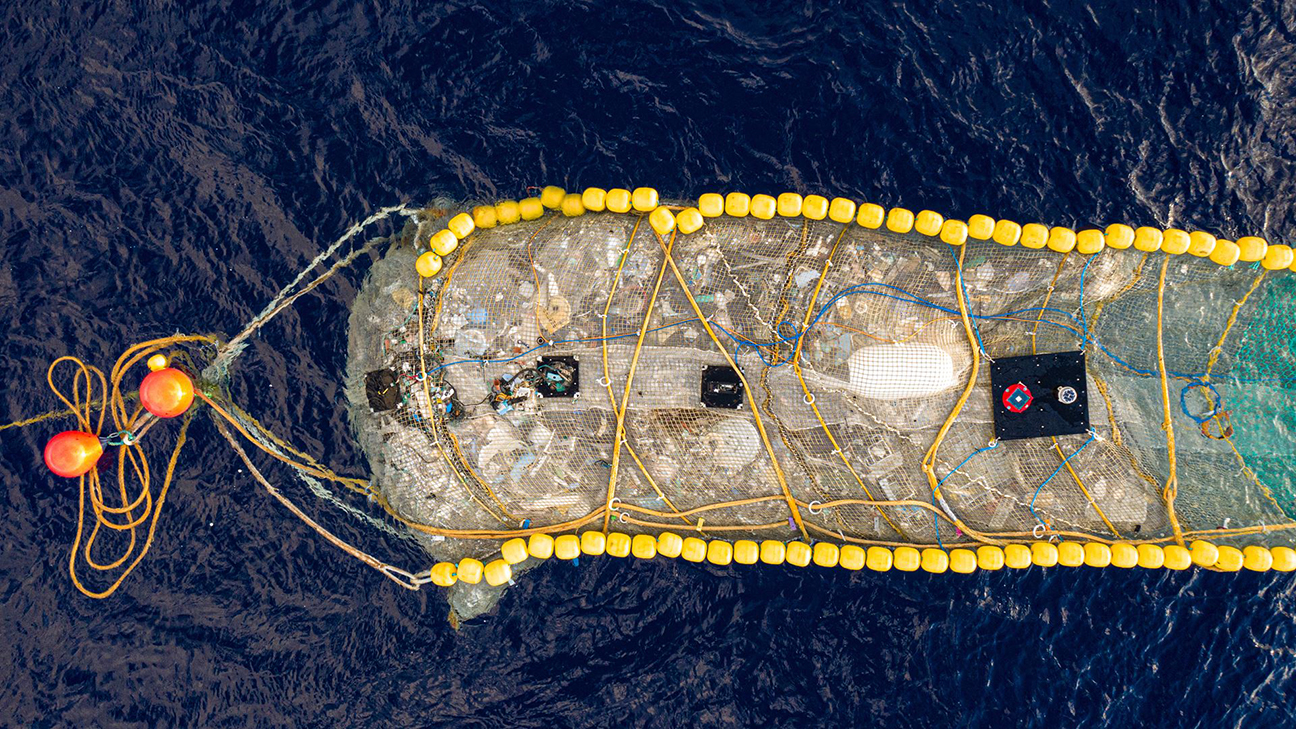
Motivated by the urgency of a plastic-choked future, companies and nonprofits are deploying ambitious pollution cleanup initiatives. The Ocean Cleanup, for instance, aims to remove 90 percent of floating plastic from oceans by 2040. However, their methods come with significant bycatch, with devices running for a year potentially causing harm to 675 tons of zooplankton and larger marine animals.
Some cleanup efforts are fueled by plastic credit schemes, akin to carbon credits. Melanie Bergmann, a marine ecologist, warns against the potential for greenwashing and notes that the plastics industry may use these schemes to perpetuate business-as-usual production. The lack of international science-based criteria for assessing cleanup efficiency further clouds the effectiveness of these initiatives.
In the midst of high-tech interventions, the efficacy of simpler solutions becomes apparent. Hand-led beach cleanups prove effective along shorelines and riverbanks, simultaneously raising awareness of the issue. The Ocean Voyage Institute adopts a strategic approach by fitting GPS trackers to abandoned fishing gear encountered by sailors, selectively retrieving items and collecting 150 tons of gear in 2020.
The inconvenient truth is that plastic removal merely shifts the debris from one place to another. Collected plastic often finds its way to landfills rather than recycling plants, as months in the ocean make them less suitable for reuse. The researchers emphasize the need to shift the focus from cleanup to prevention, urging a reduction in production as a more affordable and sustainable solution for countries worldwide.
There simply is no quick fix to the plastic crisis. The researchers assert that true progress lies in changing our ways and focusing on preventive measures higher up in the waste hierarchy. Efforts should be redirected towards minimizing plastic production and pressuring producers to design more sustainable materials, ultimately creating a world where the need for large-scale cleanup becomes obsolete. Again, this requires us to change our ways.

